Redistricting traditionally takes place following the decennial U.S. Census Bureau population count or as a result of a court mandate. But Texas Republicans now plan to redraw maps mid-decade.
At the urging of President Donald Trump, the Texas Legislature is being asked to redraw congressional boundaries ahead of next year’s midterm elections, aiming to secure five additional Republican U.S. House seats. If enacted, this would make it harder for Democrats to retake control of the House and push back against Trump’s political agenda
Texas currently has 38 seats, with Republicans holding 25, Democrats 12, and one seat vacant following the death of a Democratic representative.
One map shows Lubbock to San Antonio
One proposed map stretches a single district from Lubbock to San Antonio — a roughly 350-mile span designed to consolidate Republican advantage.
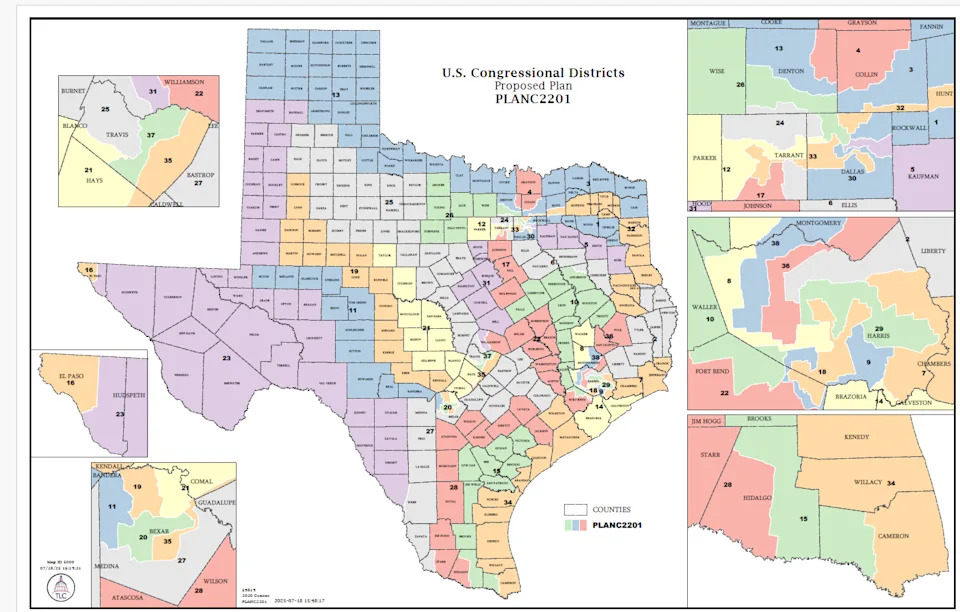
What is the current Texas congressional map?
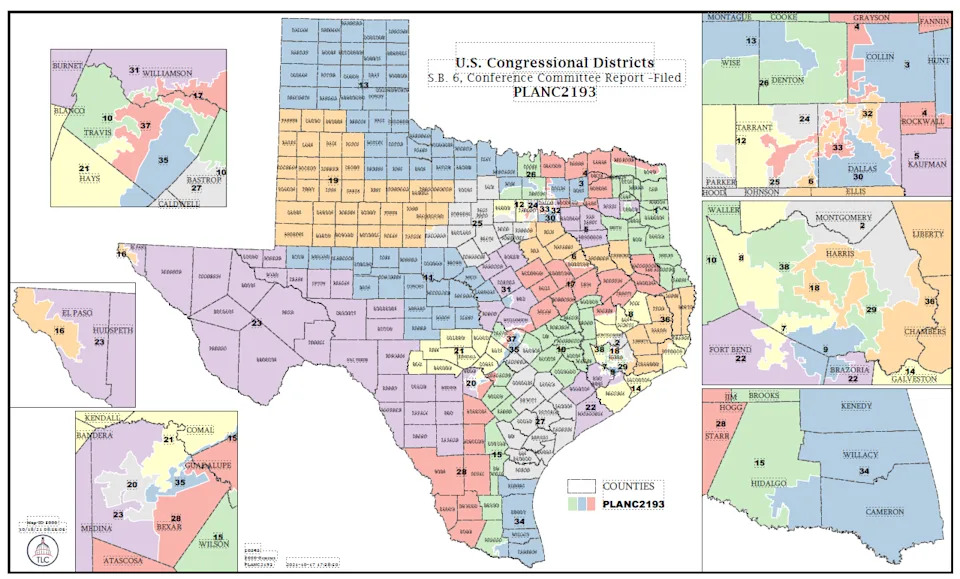
What is redistricting?
Redistricting is the process of drawing lines for legislative districts from which public officials are elected. When it’s conducted fairly, it reflects population changes and racial diversity, and is used by legislators to allocate representation in Congress and state legislatures equitably.
Is redistricting the same as reapportionment?
No. Redistricting is the process of redrawing the boundaries of electoral districts, such as congressional, state legislative, or local political districts.
According to the American Civil Liberties Union, reapportionment is the process of redistributing the number of seats in the U.S. House of Representatives among the 50 states based on population changes revealed by the decennial Census.
What is gerrymandering?
Gerrymandering is the practice of manipulating electoral district boundaries to give an unfair political advantage to a particular party, group, or class. It is a form of redistricting, but done with the intent to influence election outcomes rather than ensure fair representation.
According to the Campaign Legal Center, there are usually four tactics politicians use to gerrymander maps to disadvantage voters to improve their political interests.
Malapportionment – drawing districts with deliberate differences in population, which causes constituents in highly populous districts to have effectively less voting strength (drawn to disadvantage the opposite political party or voters of color) than their counterparts in more sparsely populated districts (drawn to advantage voters of the same political party as the map drawer).
Racial voting dilution –redistricting plans that minimize or cancel the voting strength of Black and brown voters.
Partisan gerrymandering – creating political maps that enable a political party to gain a systemic advantage for itself.
Racial Gerrymandering – sorting voters into districts with a predominant focus on race. The U.S. Supreme Court has found that an excessive focus on race in drawing districts offends the Fourteenth Amendment to the Constitution unless there is sufficient justification, such as compliance with the Voting Rights Act (VRA).
How to submit your own congressional map proposal
Texas residents can submit map proposals through the Texas Redistricting website. Submitted proposals are uploaded to the legislature’s redistricting software, RedAppl, where House and Senate redistricting committees, other legislators, and the public can view and comment on them.
For details on how to submit a public redistricting proposal, refer to the Redistricting Proposals from the Public resource.
This article originally appeared on Austin American-Statesman: One Texas redistricting map shows Lubbock, San Antonio in same district

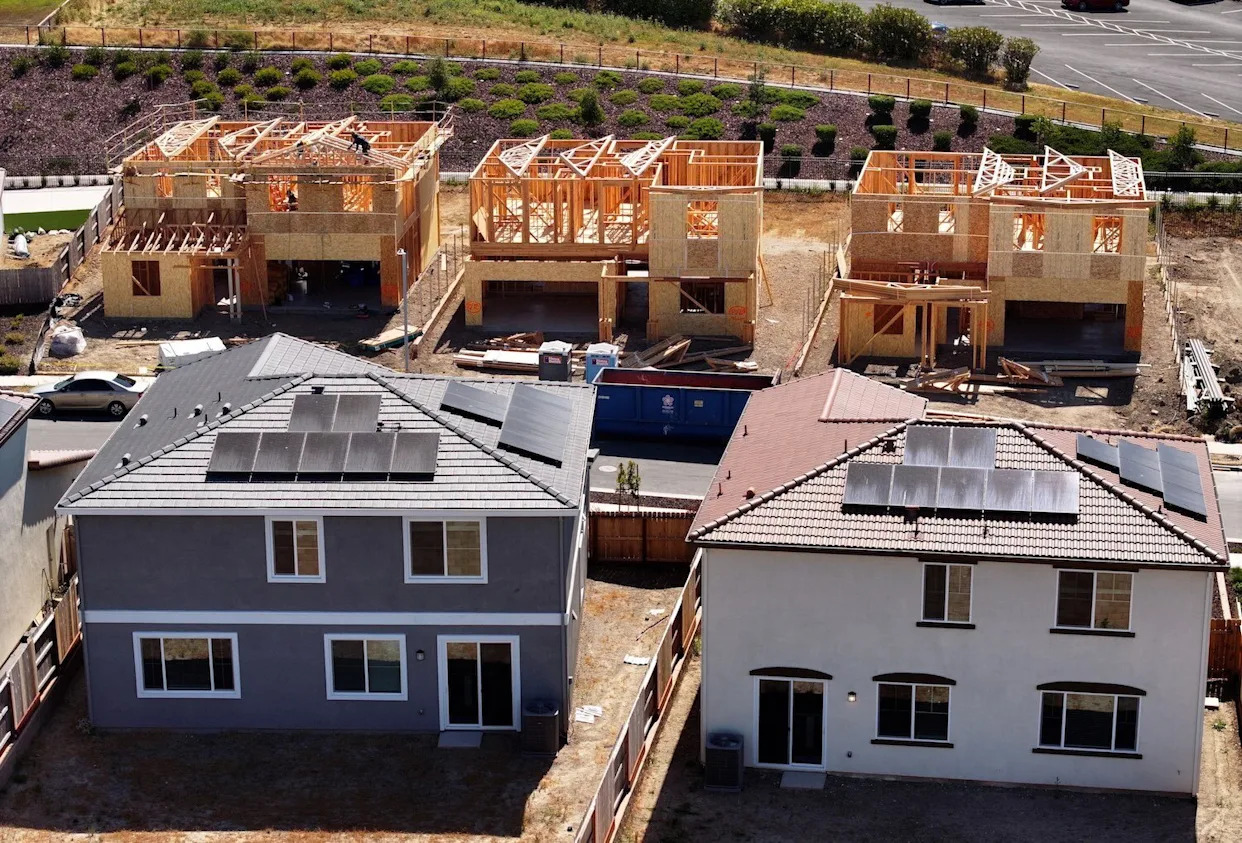
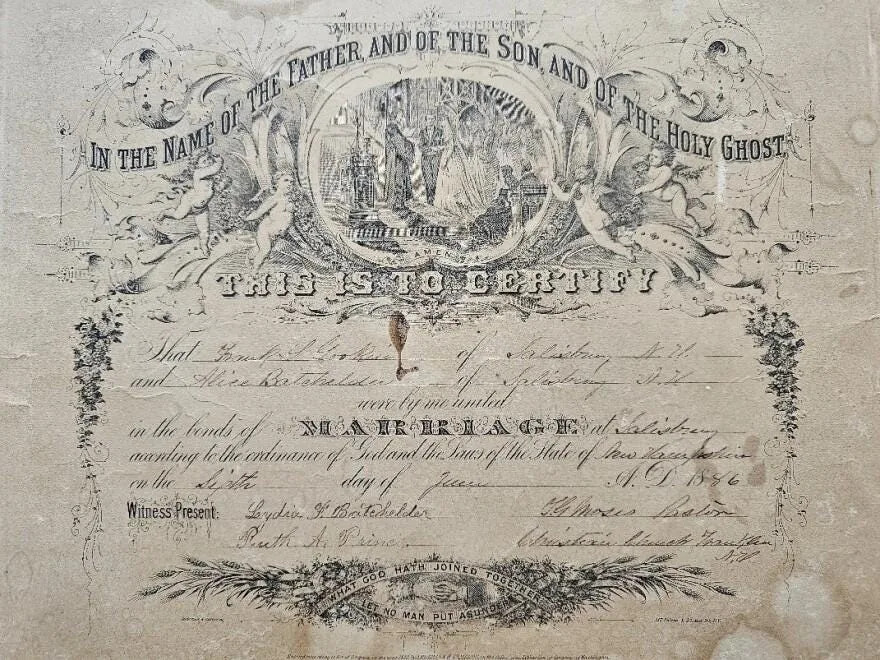




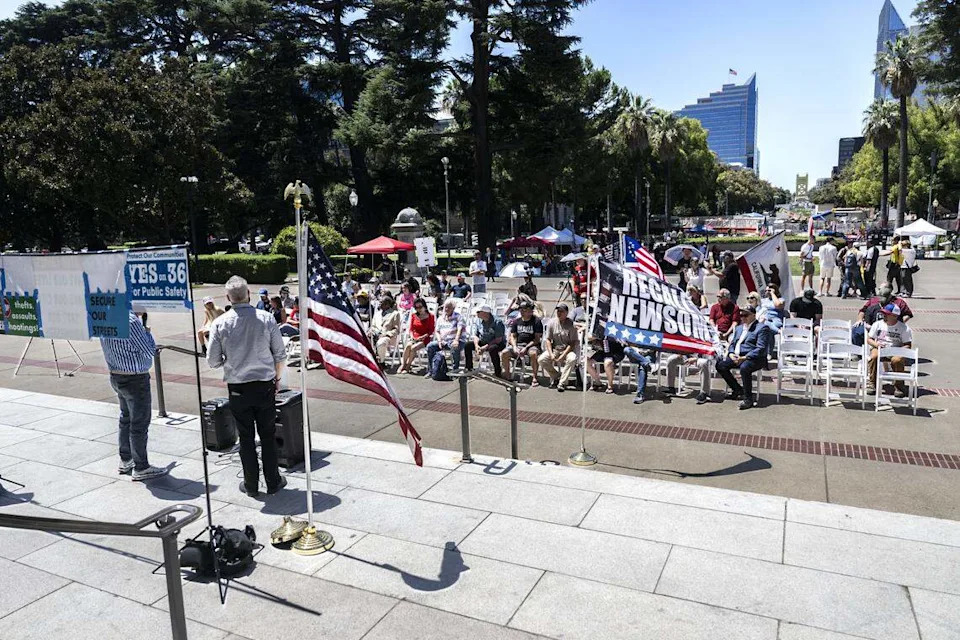
Comments